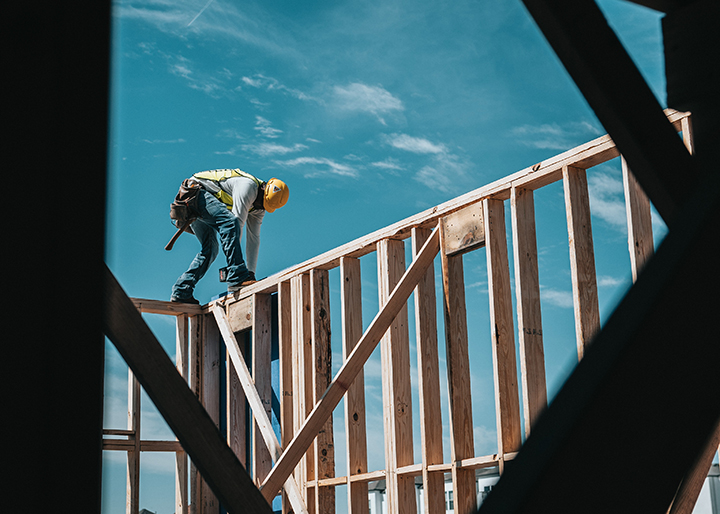S&P CORELOGIC CASE-SHILLER INDEX CONTINUED TO DECLINE IN NOVEMBER
S&P Dow Jones Indices (S&P DJI) released the latest results for the S&P CoreLogic Case-Shiller Indices, the leading measure of U.S. home prices. Data released for November 2022 show that home price gains declined across the United States. More than 27 years of history are available for the data series and can be accessed in full by going to: https://www.spglobal.com/spdji/en/index-family/indicators/sp-corelogic-case-shiller/ YEAR-OVER-YEAR The S&P CoreLogic Case-Shiller U.S. National Home Price NSA Index, covering all
Read More











